![]() Windy.
Windy.
 WeChat
WeChat
 WhatsApp
WhatsApp
Click:438 seen
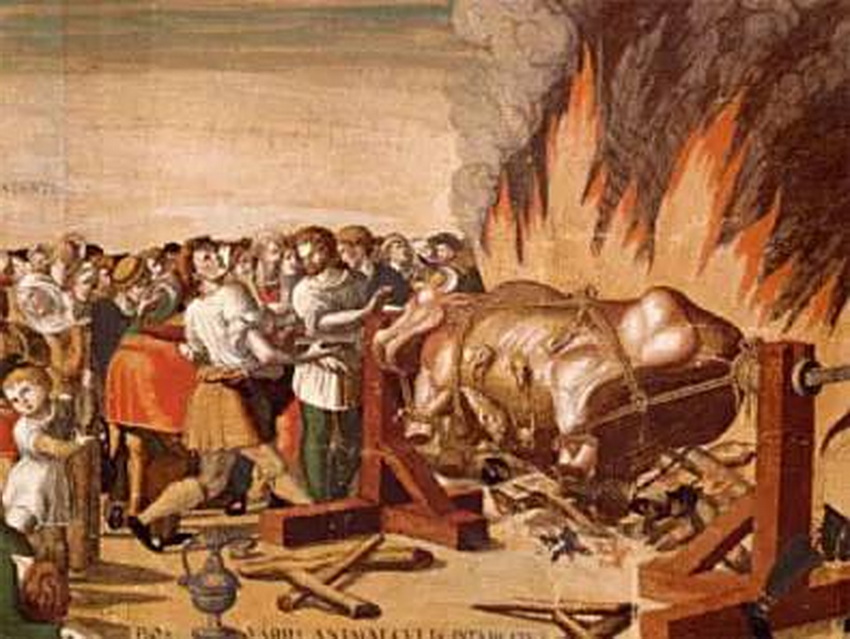
A whole beef roast in Bologna, Italy, 1531
Ancient cooks learned early on how to control the timing and cooking of meat to make it flavorful, soft, tender and juicy. The museum also displays many of the ingenious instruments that ancient people used to enhance the flavor of roast meat. Ancient Europeans were familiar with smoke-filled open grills, and invented a variety of iron grids and rotating grills.
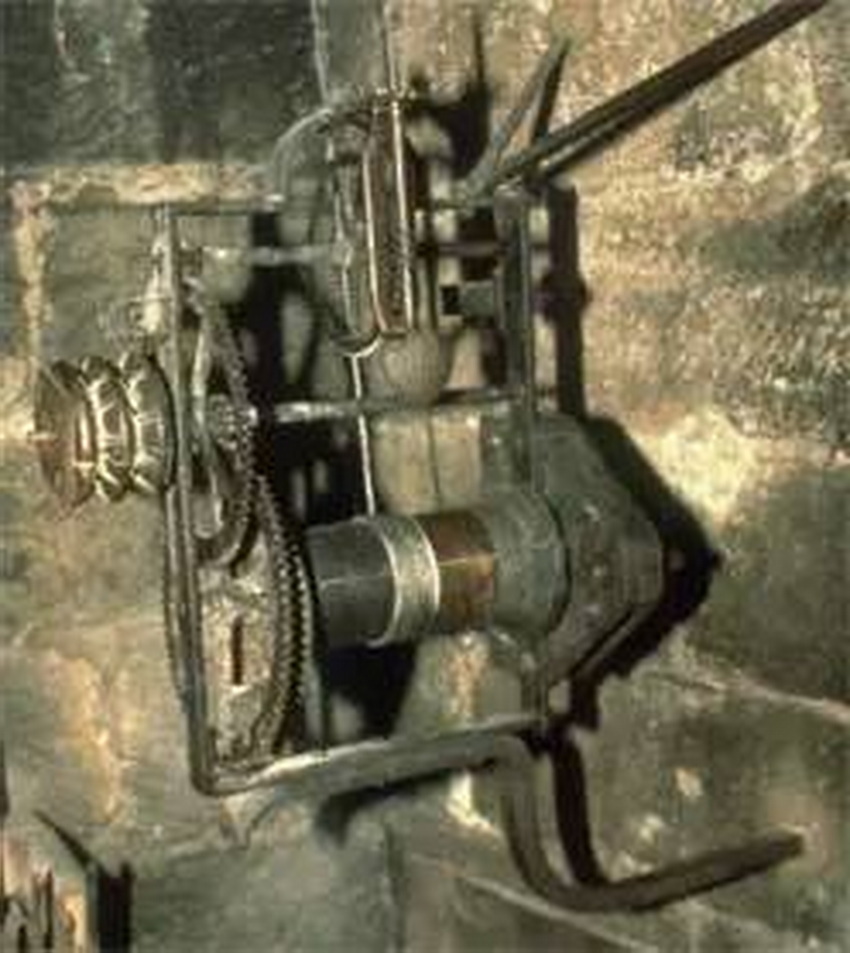
The picture shows the ingenious instruments used by ancient people to enhance the flavor of roast meat
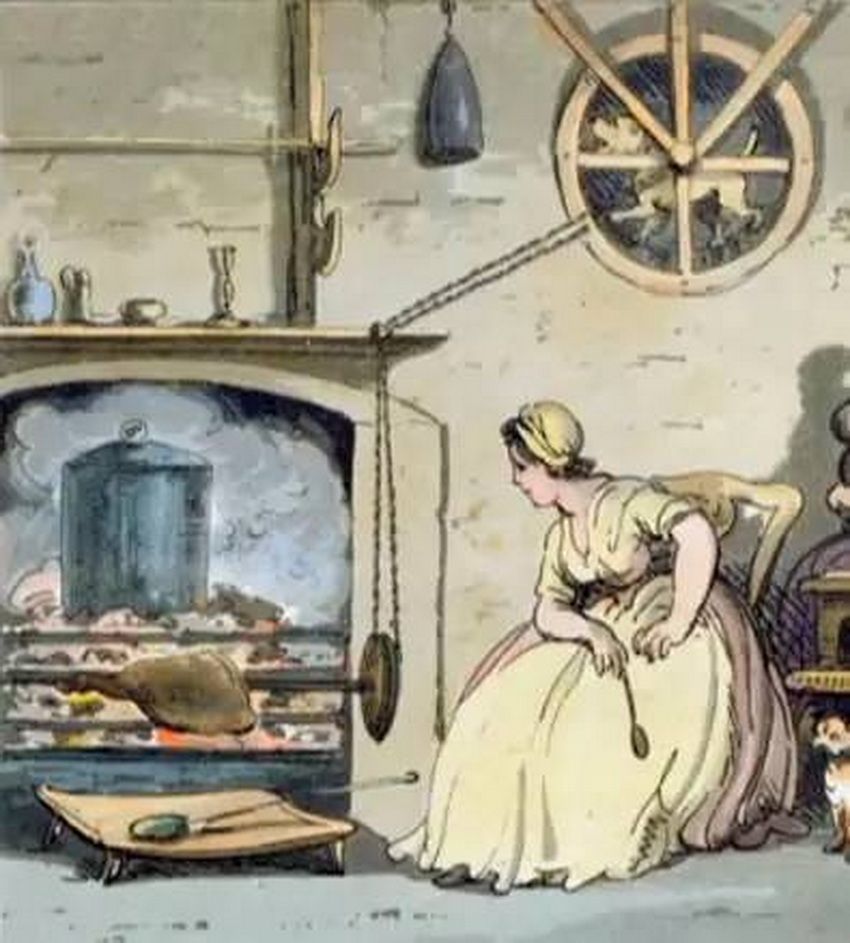
The picture above shows a 13th-century European castle,a sophisticated mechanical clockwork attached to the front grill of the fireplace.
The cook in the picture just needs to turn the handle to roll the wheel shaft through the rope and start the clockwork. The rope is slowly rolled, the wheel is slowly turned, and the food is slowly rotated over the coals.
England is a people who love beef. In the Middle Ages, they were keen on open-fire grilling and placed closed ovens at the bottom of the barbecue contempt chain. The person in charge of shaking the grill is usually a young guy, until someone comes up with a new idea. The term "Turnspit Dog" first appeared in writing in 1576, and the concept became so popular that many homes and hostels installed the system (the dog ran constantly to turn the axle).
The English even bred a special breed of short-legged dog, which is probably the ancestor of the corgi. The breed is now extinct, and only one specimen can be found in the Abergavenny Museum in Wales.
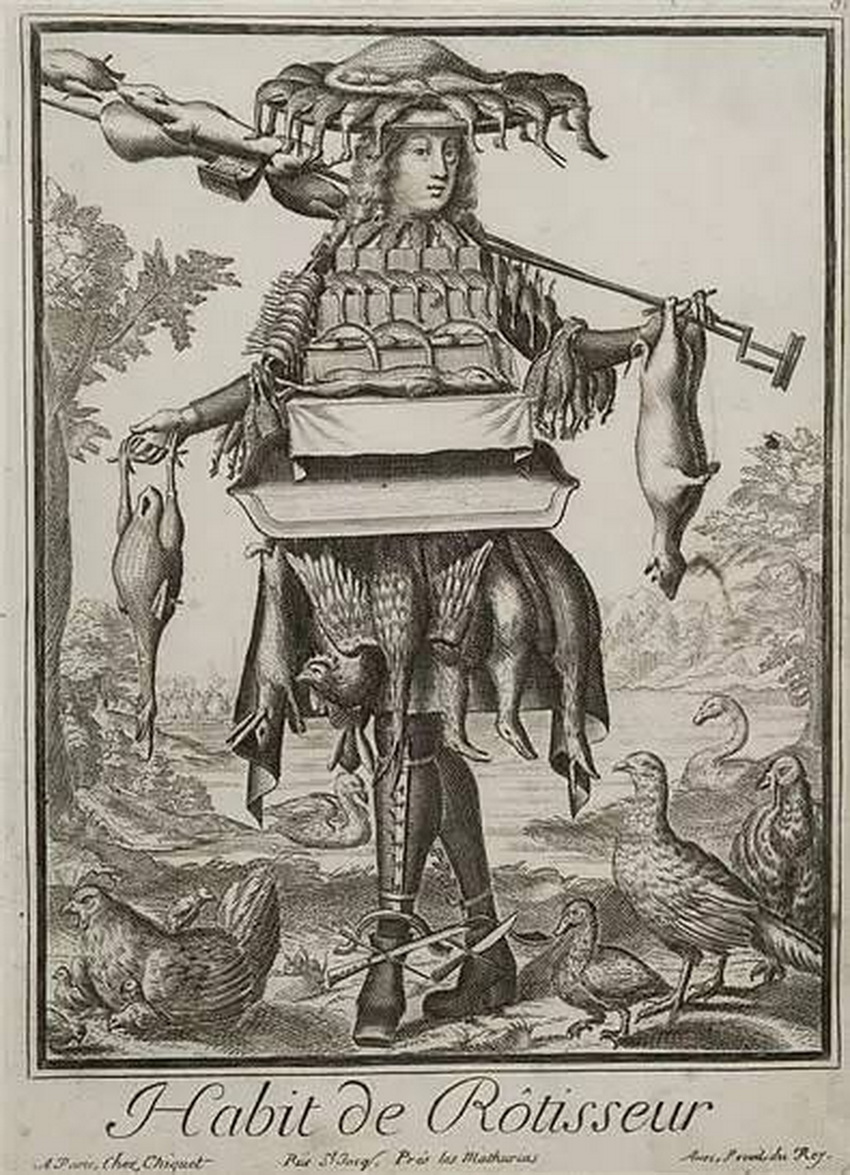
Chaine des Rotisseurs(French for barbecue chain) is a specialty barbecue chain that celebrates the classic French barbecue tradition. The century-old shop was founded in 1248 and was awarded the Royal Coat of Arms by King Louis XII in 1610.
The coat of arms features two intersecting turning spits and four larding needles, and at the bottom is a hearth flame surrounded by a shield-shaped border, surrounded by 11 lily-and-iris emblems, and surrounded by a circular chain pattern, representing the ancient barbecue technique passed down from the grill.

Royal arms
Someone invented a smokehouse on the side of a road, and I guess that person was just looking for a place to cook a meal out of the rain. One day when he was barbecuing meat, it rained, and he couldn't let the rain douse the flames, so he covered some skins on the stove, covered the barbecue below, and did not think that it would be bright. It evolved into something like an Alaskan smokehouse.
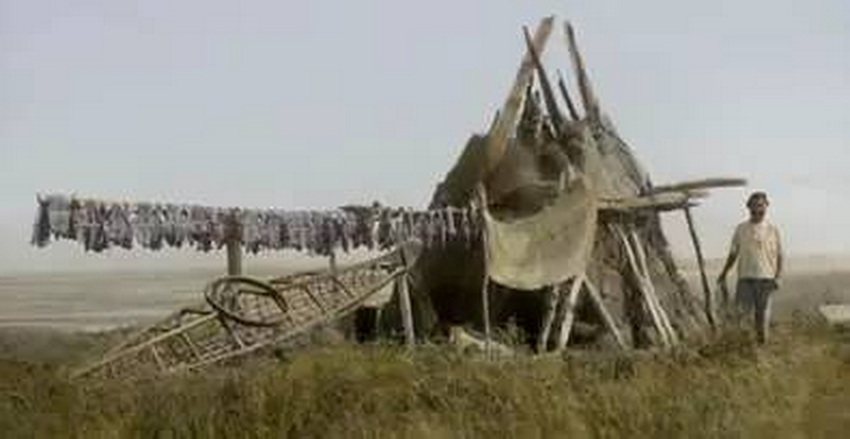
This is a simple trellis made of small tree trunks, with a slanted roof covered in animal skins and horizontal bars for hanging salmon both indoors and outdoors. Smokehouses like this have been around for hundreds of years.
Roasts and bacon, especially pork and sausages, are much like the traditional German and Czech cooking, with convoluted knots. Especially in North Carolina, South Carolina and Texas, where German immigrants live in large numbers, this BBQ tradition has been well spread.
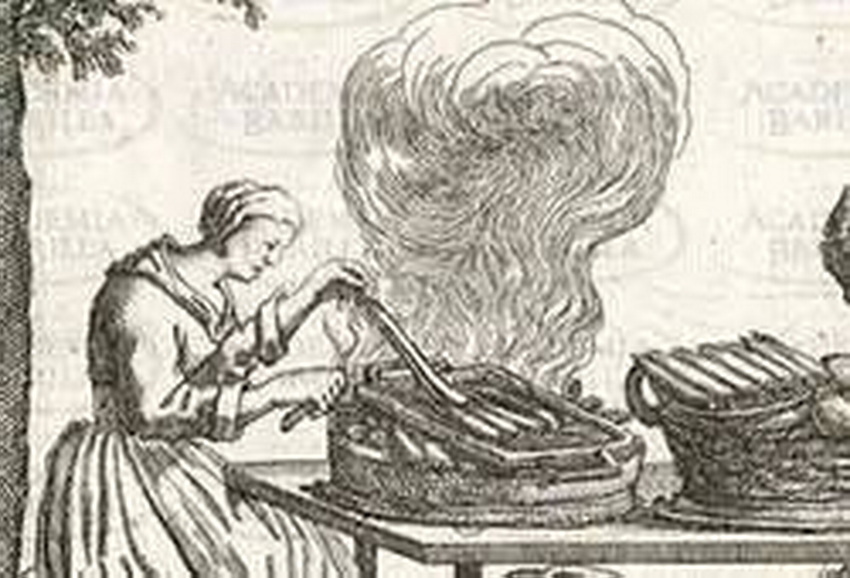
The picture shows a woman selling barbecue dishes outdoors.
